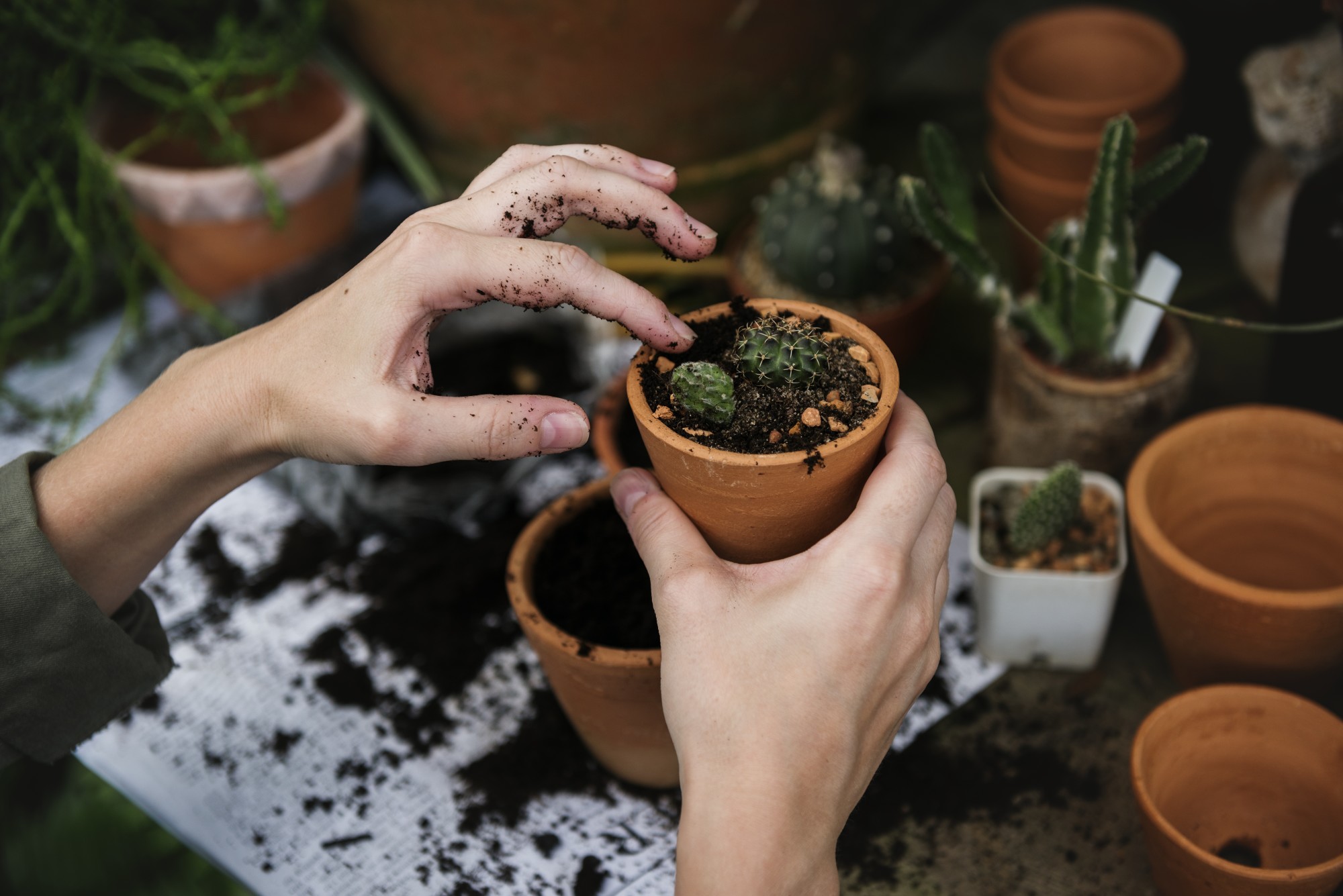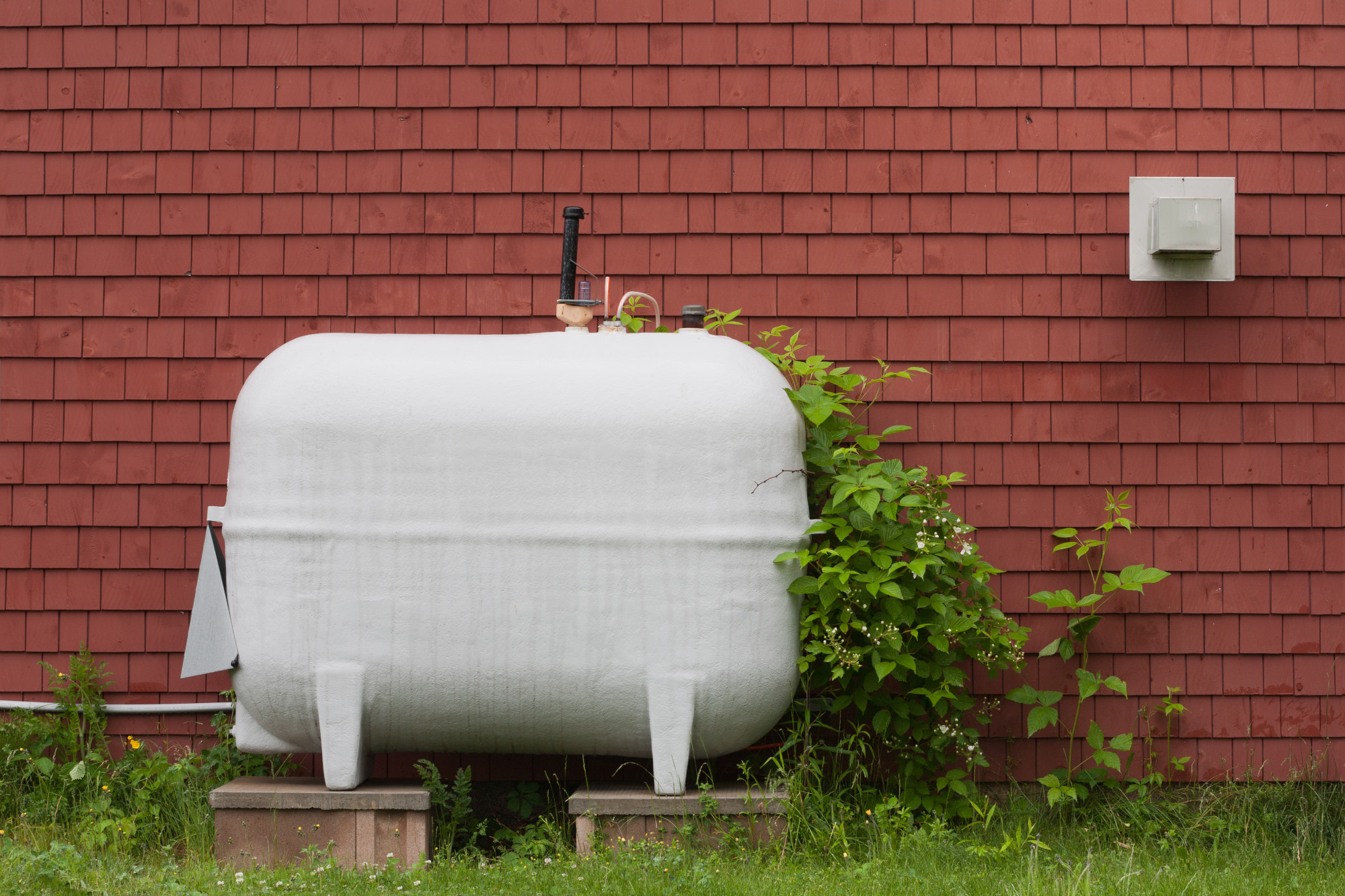Imagine having a self sustaining garden in your backyard, with herbs, flowers, and well-trimmed trees. Yes, it is possible. Anyone with a garden will tell you that the beauty they exude comes with a lot of time, struggle, and attention.
Most people will admit openly that they want a garden but are hesitant because of the work it takes to maintain. Well, this article will get rid of all your worries.
How to Create a Self Sustaining Garden in Your Backyard
There are ways to create a self-sustaining garden in your backyard. Ways that will require half the work and consume half the time of a normal garden. Follow the following steps to create a self-sustaining garden in your backyard.
Prepare the Land
A self-sustaining garden is the most logical step to creating a healthy and good eco-system, one that will maximize production. The first step is to clear a piece of land or area in your backyard that you want to turn to a garden.
If you have any unpruned trees, they will likely interfere with this plan. Luckily, this tree trimming company offers all the services you need concerning trees, whether it is pruning or removal. With your area ready, it is time to start by building your soil naturally.
There is a saying that says if you take care of your soil, then it will take care of you. Your soil is the foundation of a healthy and self-sustaining garden. For best results, you need three steps.
How to Prepare Your Land
The first one is dumping compost in the holes you create for planting. It will make your veggies grow with enough nutrients, and that is not the best part, imagine you can get compost free from your pets or your waste food.
The second step is mulch. It is important to use a mulch to not only control weeds and feed your plants but to add organic matter to the soil. Before the confusion hits you, mulch is readily available.
Shredded leaves, straw, compost, and grass clippings are enough to provide all the mulch that you need. So let the leaves fall and decay on your garden, and build up your soil.
The third step and the most important one is to cover crops. They replenish your soil in ways you cannot imagine. When you plant a cover crop during the fall or a green manure crop during spring, your soil will forever be grateful.
Seeds are extremely affordable, so feel free to use annual rye, alfalfa, or any other cover crop. The benefits include keeping weeds at bay, preventing soil erosion, and fixing the nitrogen in your soil. Your plants will soak up all these nutrients and be as healthy as the ones you admire in a supermarket.
Water
Again, the whole point is affordability. Now that your soil is ready, you need water. You do not have to buy it, consider collecting rainwater during the rainy season.
Installing a collection barrel and water collection gutters is a bright idea. Rainwater is very good for watering your garden because of all its natural elements. With time, you will find yourself using the water in other areas other than your garden.
Investing in a water collection system should be among your priorities when you want to create a garden. The placement of your garden barrels depends on the design you settle on. A French style garden is common because of the beauty and the appeal it has, so the barrels of collecting water need proper placement.
Seeds
Did you know that you could grow your plants from the seeds you get from your fruits or vegetables? Replanting is a great idea when it comes to creating a self-sustaining garden. Some plants actually grow better when one replants them throughout the year.
Potatoes and garlic are some of the examples. It is okay to buy seeds if need be, but if you can, replant. Ignore spacing recommendations when you plant your vegetables. For a self-sustaining garden design, plants should be close to each other.
Most people are skeptical, but closeness will reduce the amount of water your plants use. As long as the plants are healthy, the risk of pest invasion is minimal.
Fertilizers
A self-sustainable vegetable garden requires fertilizers; your plants need to grow in a healthy manner. With strong plants in place, you are less likely to encounter problems with pests.
They tend to prey on weak plants. However, it does not hurt to use fertilizers or sprays to keep your plants healthy and ensure that there are no pests to destroy your plants.
Fun fact: you can make your own bug spray. All you need is water, hot peppers, and garlic. It is vital that you have a variety of plants in your self-sustaining garden.
The reason is that if you have one species of plant, the chances of pest infestation are higher than when you have a variety of species. Variety also gives you an opportunity to sell and venture into self-employment easily.
Have an Open Mind
It is necessary for you to have an open mind. Climates differ, and challenges differ as well. It is important to allow yourself to grow independently when it comes to your self-sustaining garden.
Do not compare your garden with other gardens. What works for your garden does not automatically work in a different garden. Different plants perform much better in different spots.
Find out which plants work for your garden spot and focus on them. Another secret is to focus on native plants. Because they have grown for a long time, you are sure they will easily acclimate to your garden.
Some native plants will make your self-sustaining garden the envy of many. They give an exotic look, so feel free to use native plants as an addition to your garden collection.
Are you Ready to Create a Self Sustaining Garden in your Backyard?
A self sustaining garden is often hectic, but with these steps in mind, you will use half the time and half the amount on your backyard. They are easy steps and you can involve your young ones by finding ways to make gardening more enjoyable for them.
It is time for you to start a garden, get most of your produce there, and still have enough to sell at your local market. Use these tips and enjoy the fruits of your labor, literally.
Learn more about how you can go green and live in a renewable manner on our blog.










